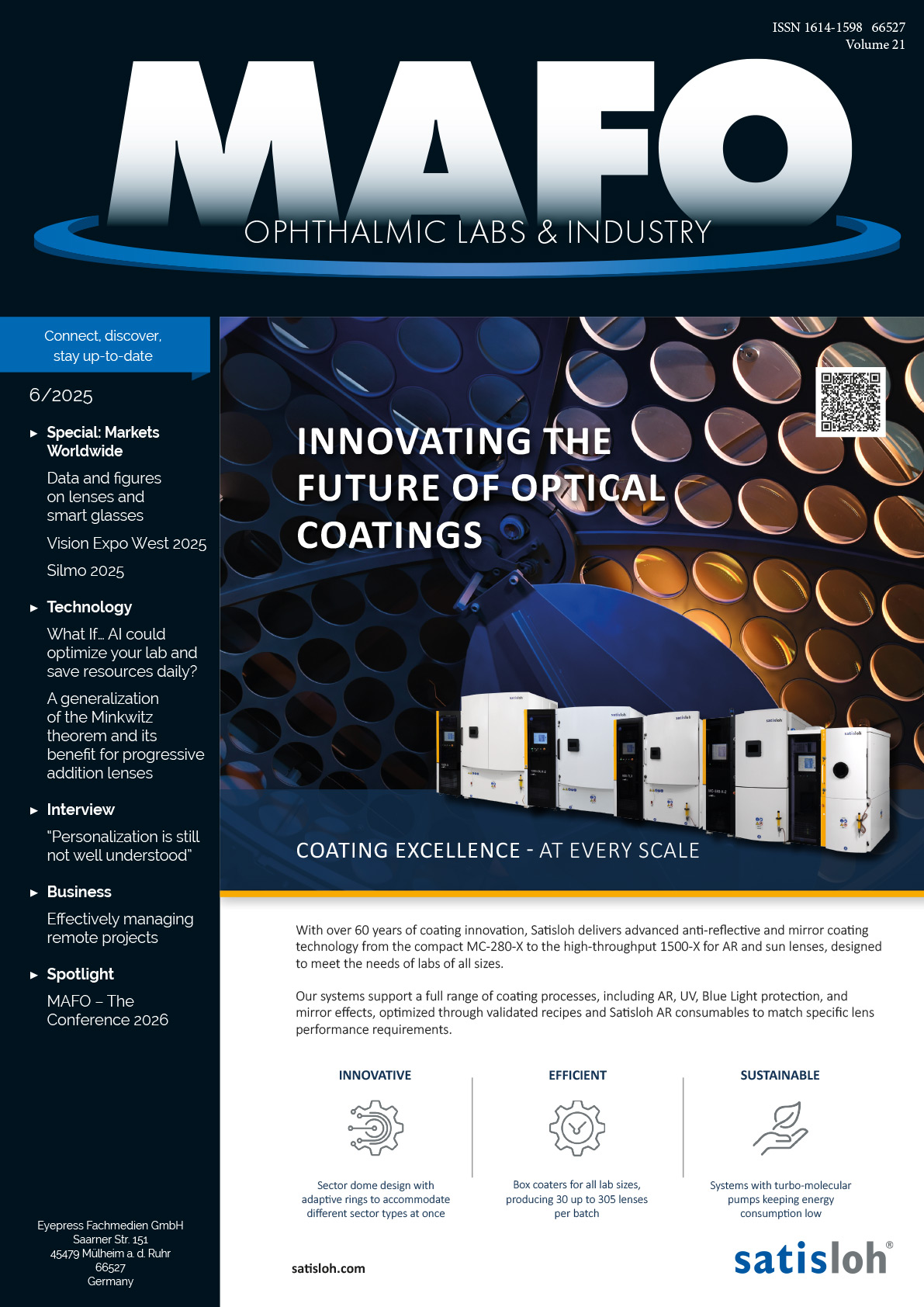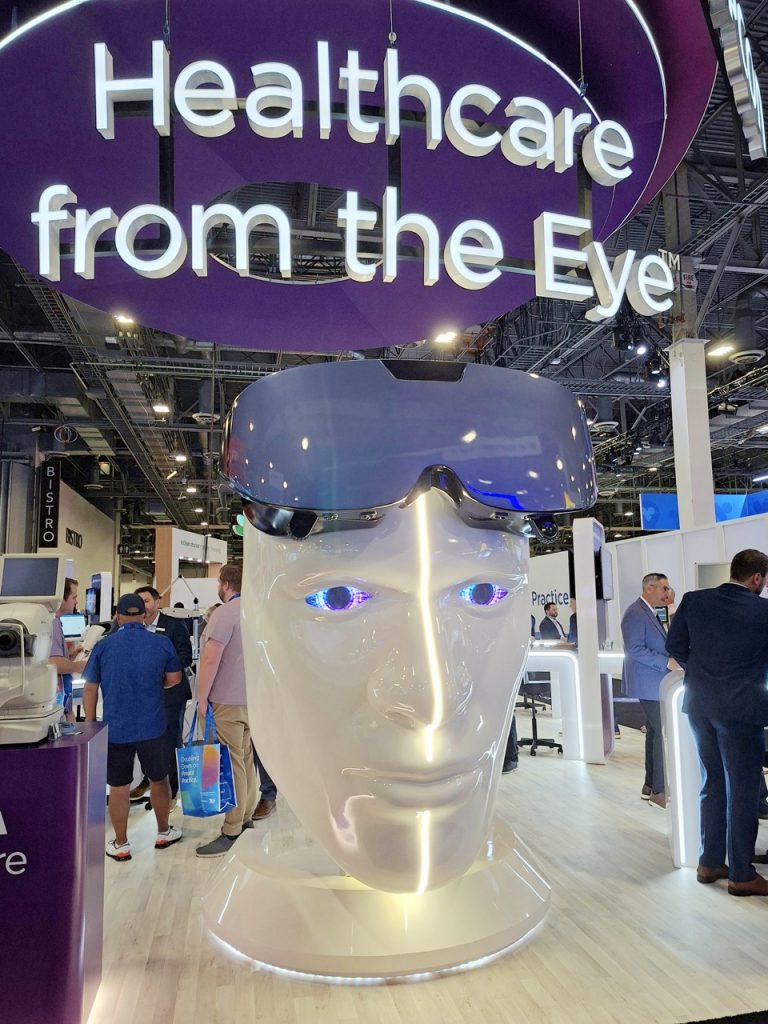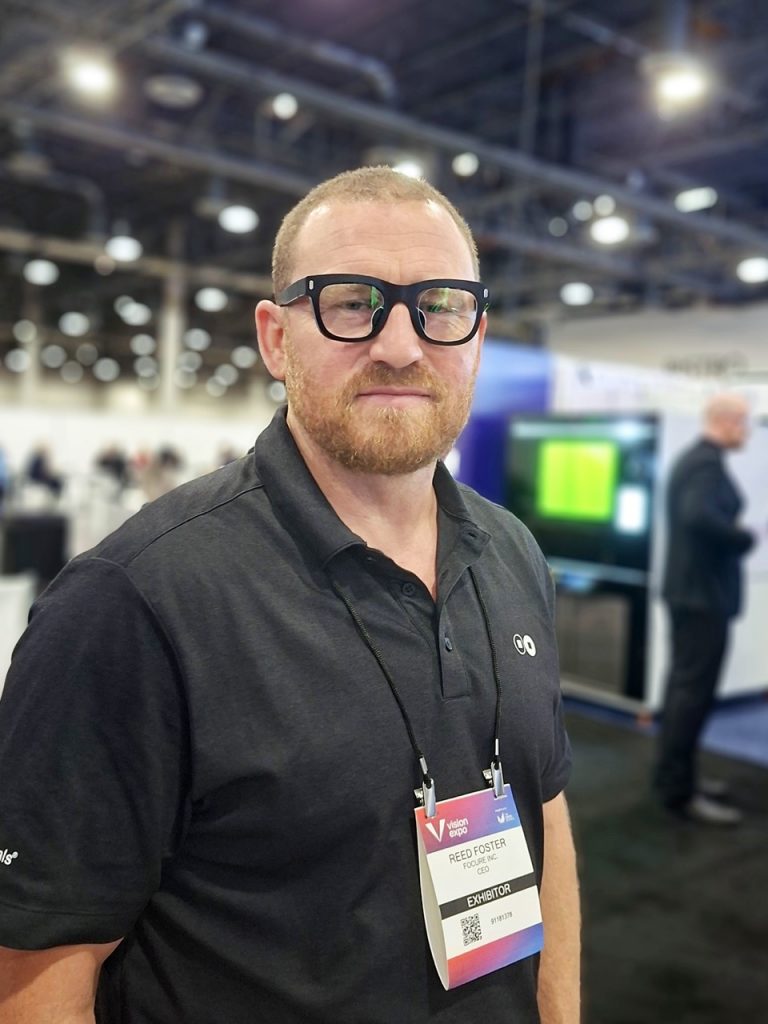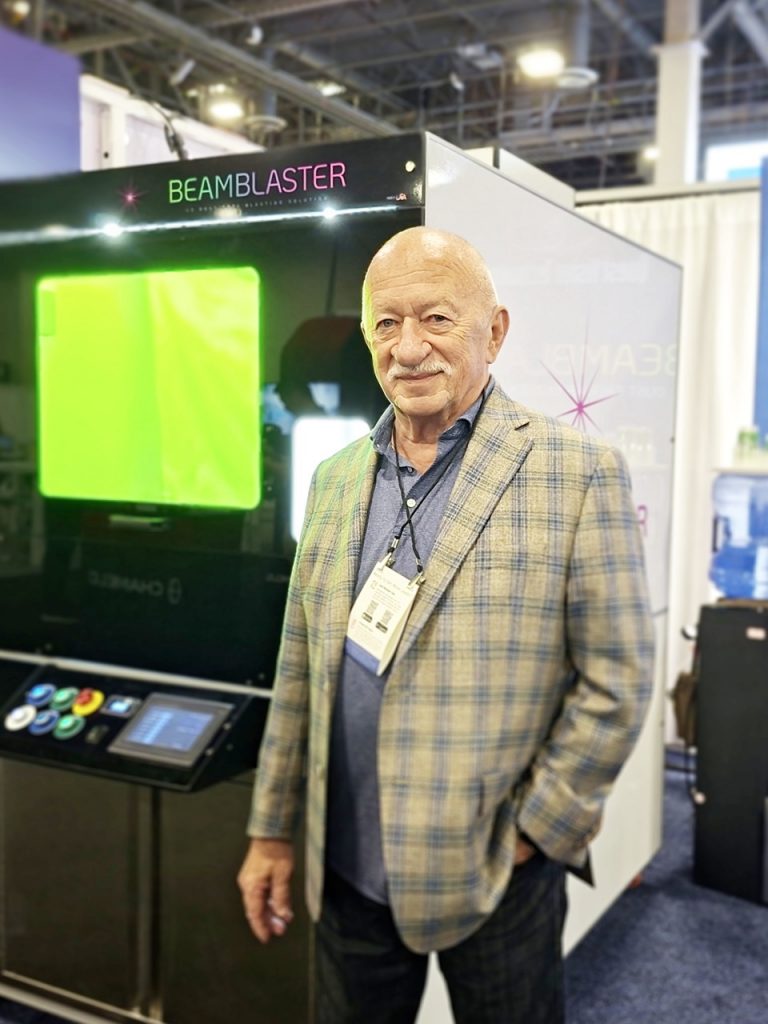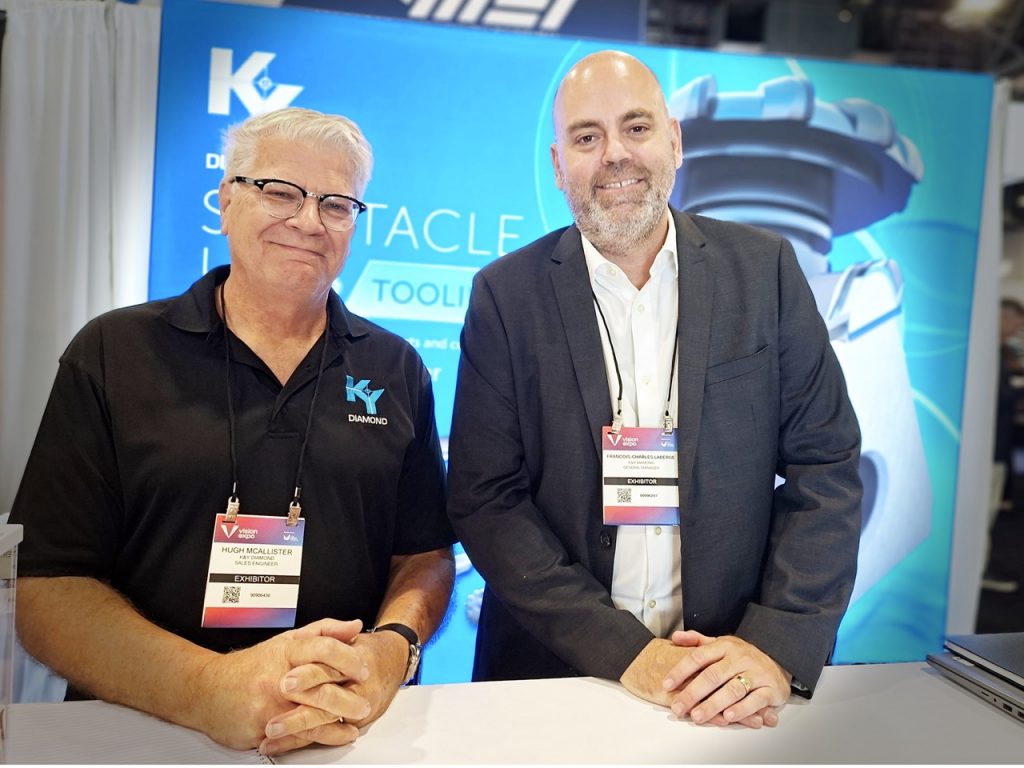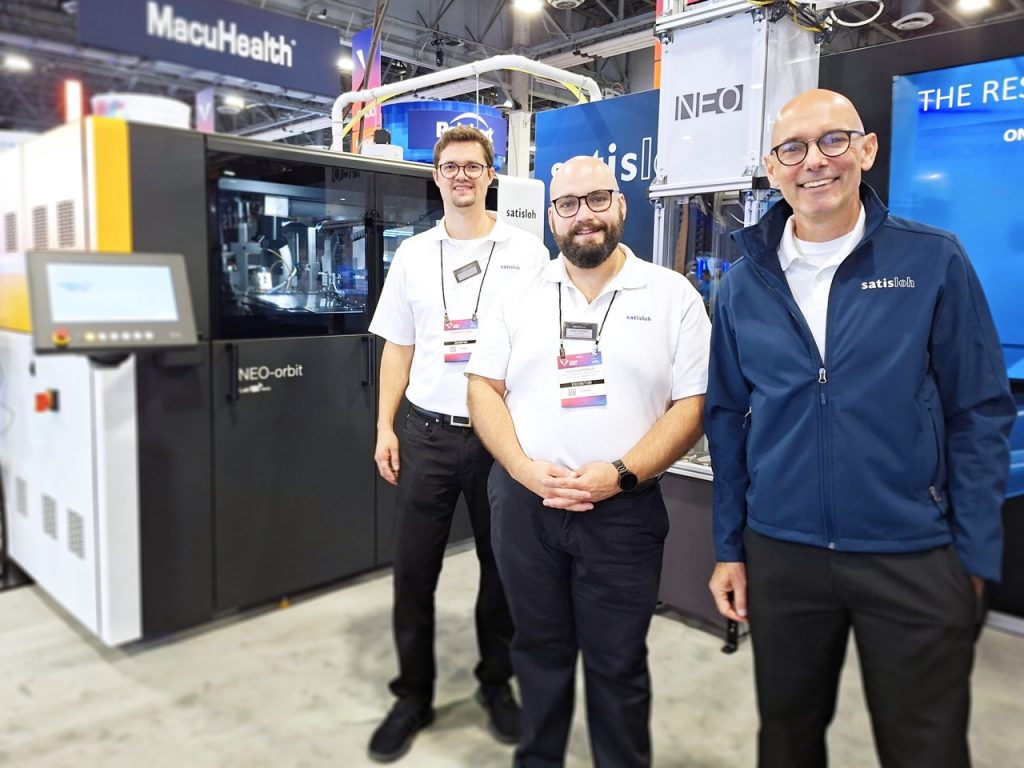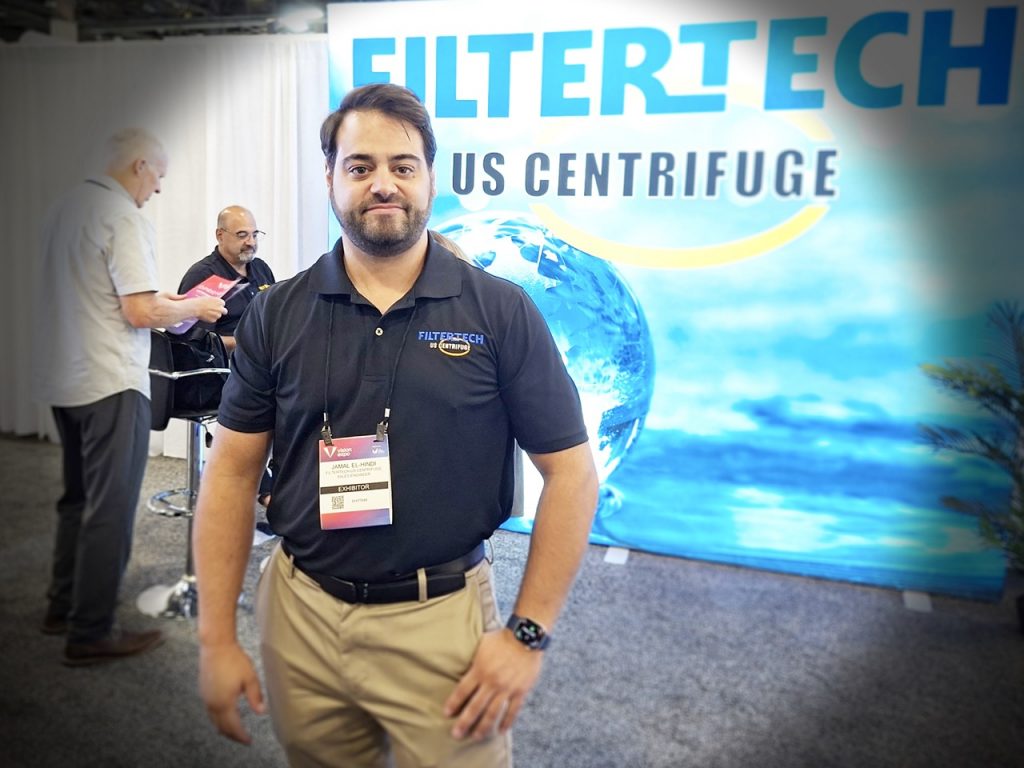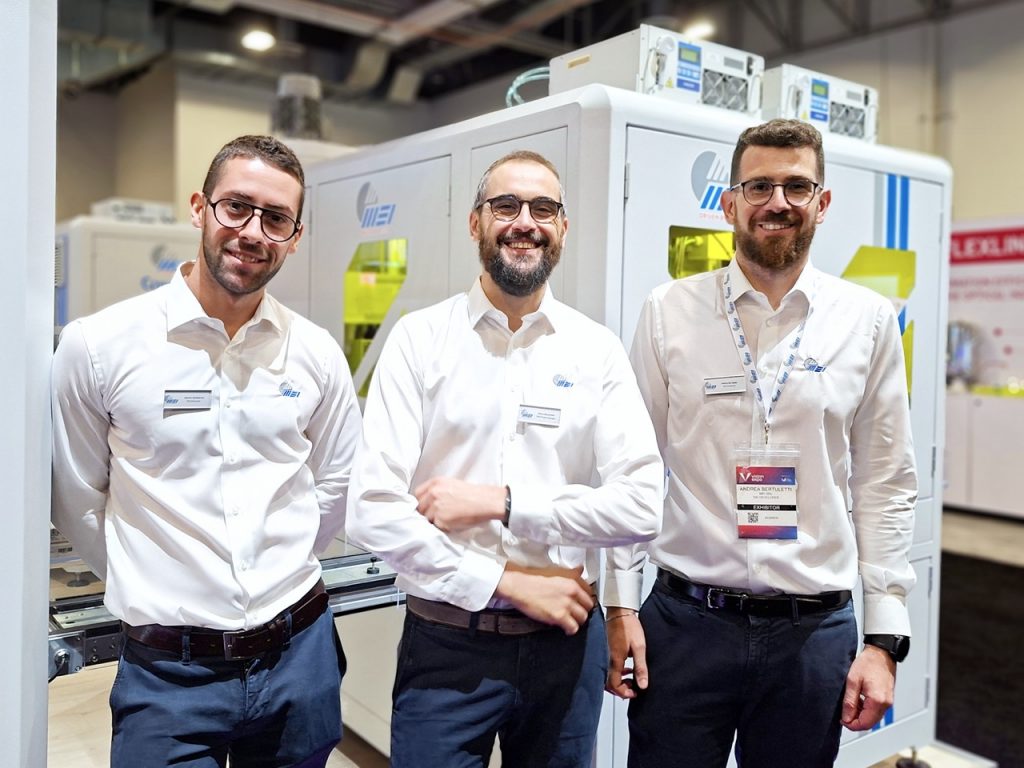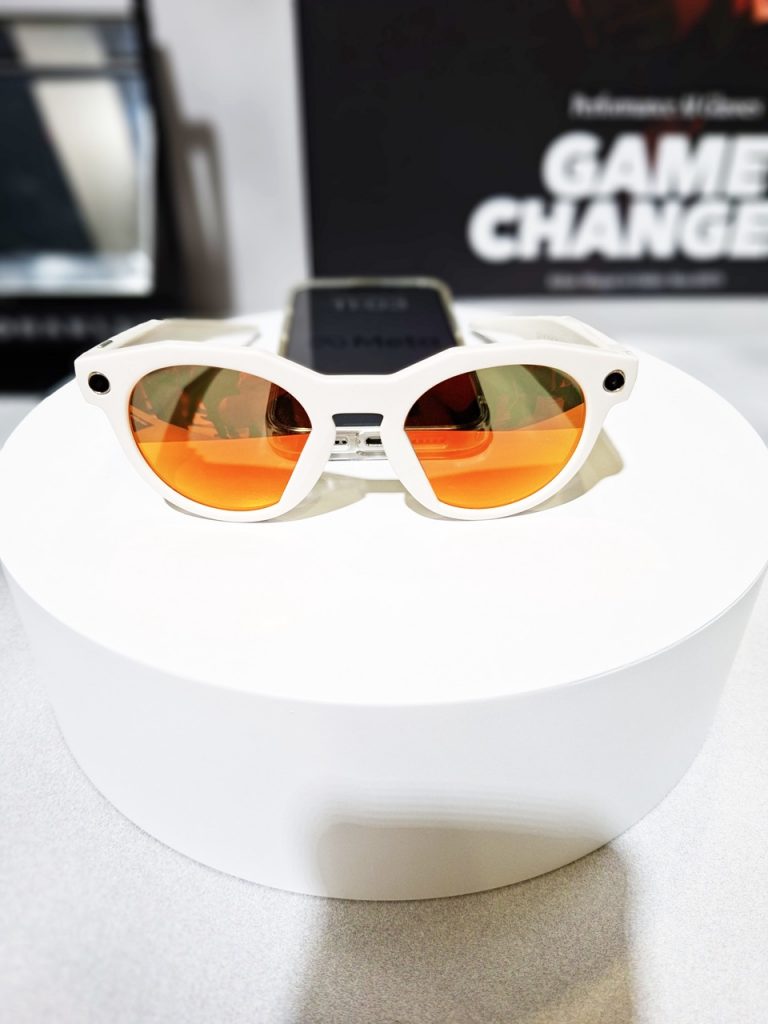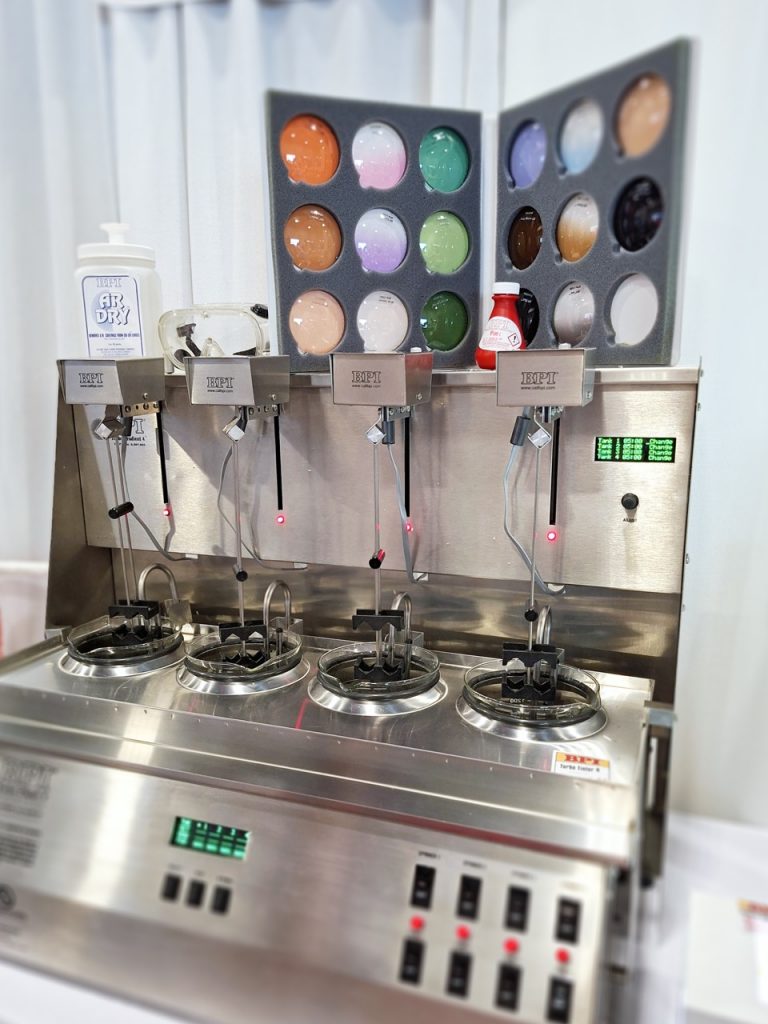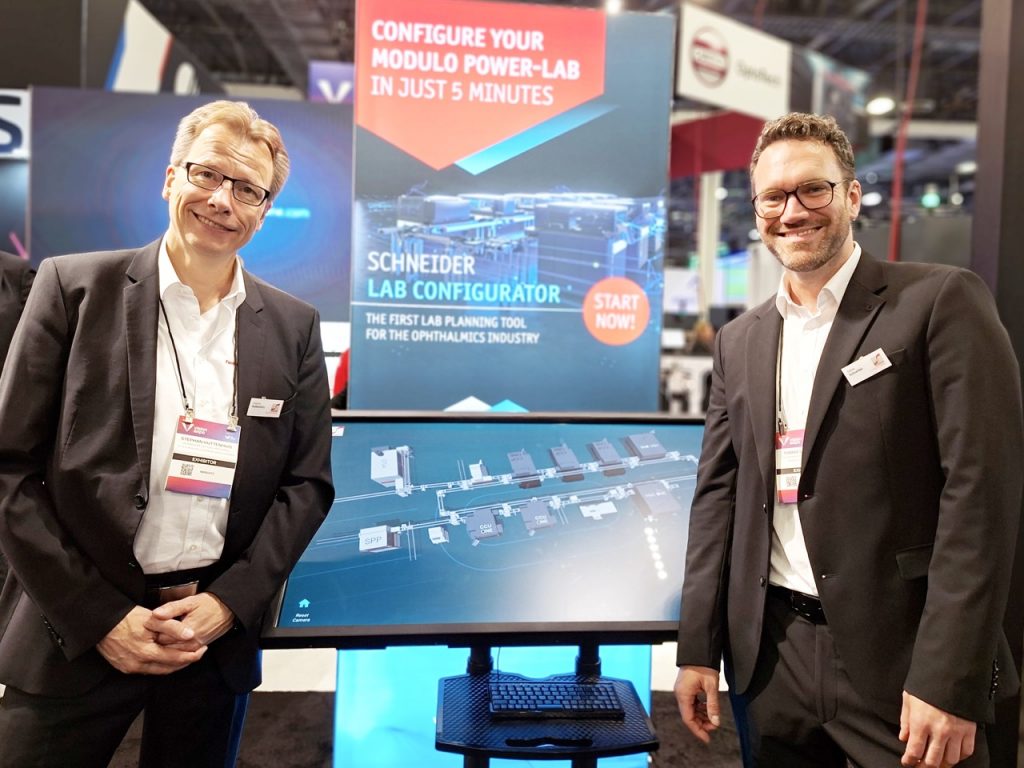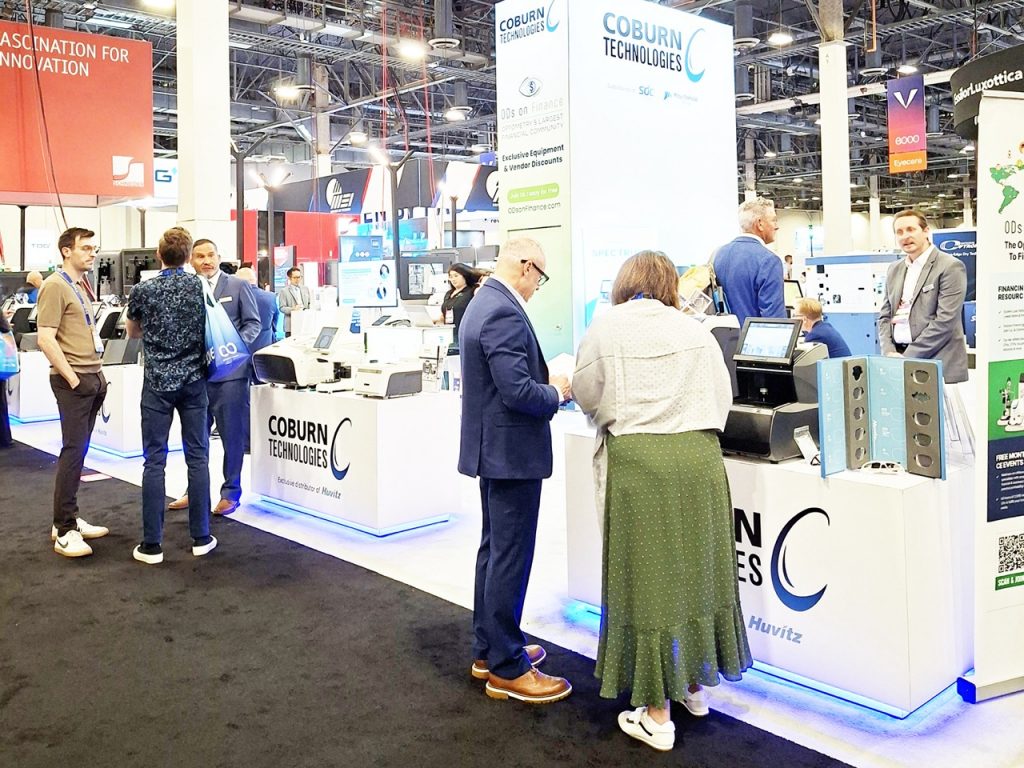Vision Expo West: All eyes on a new beginning

Vision Expo West 2025
It is a conclusion without much fanfare or big surprises. The last fall trade show in Las Vegas, held from September 18 to 20, presented itself as a solid finale. Visitors were treated to fewer spectacular product unveilings, but the trade show proved to be a good trend monitor. For example, on the topic of smart glasses, which are generating increasing interest among consumers. Many exhibitors are also already looking optimistically to the future with only one spring trade fair.
According to organizers RX and The Vision Council, approximately 10,000 optical industry professionals from 80 countries attended the fall trade fair in Las Vegas. Vision Expo West was the last September trade fair that participants were able to experience in Las Vegas – the end of an era.
One trade fair, three locations
From 2026, there will only be one spring trade fair, which will alternate between different locations. In 2026, the trade fair will take place in Orlando, in 2027 it will return to Las Vegas, and in 2028 it will be held in New York.
The decision was not taken lightly by the organizers. And even if such a profound change will always be accompanied by a touch of melancholy, it is at least in the interests of many machine exhibitors with whom MAFO spoke.
“I think it’s a very good idea because the technology doesn’t change every six months,” says Hugh McAllister of K&Y Diamond, for example, about consolidating the trade fair into one event per year, and General Manager François-Charles Laberge adds, “And it will also attract more people. If you have a show twice a year, people have more budget constraints, and some customers have to choose between one show or the other. And since we are moving to different parts of the country, this enables us to meet different types of people,” the experts summarize.
Many machine exhibitors also view the change positively, as exhibiting a whole series of machines each time involves very high costs. This was confirmed to MAFO by both large and small companies.
“I think it’s better for everyone. I think companies are more willing to spend money when they are only looking at one show a year. It’s a lot easier to bring more equipment, showcase more things, and invest more in publicity,” confirms Jamal El-Hindi from filter system manufacturer Filtertech, for example.
Support for independent labs
Many well-known lens and frame manufacturers presented their highlights at the trade fair in Las Vegas. In addition, for the first time there was an area specifically for independent labs. The so-called “Indie Lab Speakeasy” area allowed visitors to engage in informal conversations with independent lens manufacturers.
At the LaunchPad Showcase, more than 20 start-ups presented innovations in the fields of AI, VR, AR, and diagnostics.
In addition, many exciting presentations and panel discussions on stage attracted the audience and offered a welcome change from visiting the exhibition stands.
Smart glasses – AI, cameras, and autofocus
One well-attended presentation, for example, presented the latest study results from The Vision Council on smart glasses. This clearly showed that smart glasses are emerging from their niche and becoming a real trend. For example, in terms of consumer awareness. Consumer awareness about smart glasses has doubled in the last two years. 14% of consumers said that they had already purchased smart eyewear in the past. And 4 out of ten say that they would consider buying smart glasses in the next 12 months. However, consumer electronics stores are the most likely purchase channel for consumers who are likely to buy smart eyewear in the next 12 months.
Smart glasses were also very present at the trade fair. EssilorLuxottica now has a whole portfolio of different types, which is constantly being expanded. At the trade fair, visitors were able to test the Ray-Ban Meta, Oakley Meta, and Nuance Audio hearing glasses, for example. In addition, smart glasses with a display are set to be launched soon, as well as Essilor Stellest Smart Glasses, which analyze the visual behavior of myopic children, for example.
Other smart glasses could be tested at the lucyd stand, for example. At the Fuller Vision stand, visitors could try out the new Autofocals, glasses that automatically focus from distance to near.
The market here is developing rapidly and there is now a product for almost every need. Whether it’s a built-in camera, a translator, audio amplification for better hearing, or glasses for listening to music.
Machine exhibitors
For machine exhibitors, the trade fair in Las Vegas is one of the most important in the world. Almost every company was represented here, and most of them with a corresponding number of machines. Of course, the major spectacle lens manufacturers, software providers, lens designers, instrument suppliers, and many more were also present.
Optotech, which is currently celebrating its 40th anniversary, showed a large machine park. The highlight was the brand-new IQ Synergy Lens Generator. The company described it as a new “powerhouse in lens production.” Among other things, decoupled process steps greatly increase throughput.
Another innovation could not (yet) be physically examined—but those interested will not have to wait much longer: Optotech has developed a new Eco Block Technology in collaboration with Zeiss. The patented vacuum blocking process is intended to replace conventional methods using alloy or adhesive. The company developed two machines for this purpose: the fully automated IQ-Synergy Eco Blocker and the IQ-Synergy Eco Deblocker. Both systems have already been successfully tested and implemented at Zeiss Vision Care. The supplier is thus the third manufacturer to soon offer block-free alternatives in production.
Visitors were also able to explore many highlights at Satisloh, DAC Vision, and Ultra Optics. The NEO-Orbit and NEO Flex block-free machines for surface processing of spectacle lenses were a particular magnet for visitors. According to the manufacturer, the fact that the usual blocking, taping processes, etc. are no longer necessary with this duo means that only two machines are needed instead of seven. 99% of all lenses can be processed in these machines.
Visitors also had the opportunity to explore an entire fleet of machines from Schneider. These included, for example, the fully automated Modulo line, including the new PMD Modulo ONE inspection machine, which checks the lens on the block in the middle of the surfacing process, and the all-in-one cosmetic inspection and surface quality control machine CSI-P Modulo ONE.
With the Lab Configurator Tool, interested parties can also digitally assemble their next “Power Lab” themselves in just a few minutes. This is just as easy as you would expect from a well-known furniture chain.
The beginning and the end – Alpha and Omega – is the big topic at machine manufacturer MEI System. Here, too, the seven familiar process steps are drastically reduced with a block-free unit. In addition to the already familiar all-in-one unit Core TBA, Alpha and Omega now double productivity and can be used modularly.
Coburn Technologies has a home advantage at the trade fair and regularly showcases a large portfolio of various systems in the field of lens processing and diagnostics. Here, visitors found, for example, the new Velocity TT Spin Coater, a backside spin coater for lens labs that loads two lenses simultaneously, the Velocity automated spin lens coater, and the Nexus DGT lens generator.
At Automation & Robotics, the focus is now fully on automatic cosmetic inspection. From ProMapper to NeoMapper to AutoMapper, all inspection devices and systems will eventually feature automatic cosmetic inspection. A&R was recently acquired by the EssilorLuxottica Group.
Overall, those interested in technology in the field of systems and more got their hands on the latest innovations.
The next Vision Expo in the USA will take place in Orlando from March 11 to 14.

